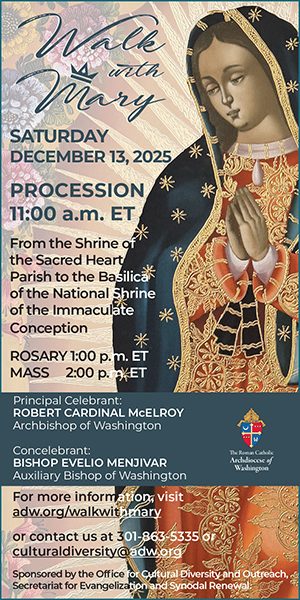Even before he stepped out on the balcony of St. Peter’s Basilica and spoke May 8, Pope Leo XIV’s choice of a name was a powerful statement.
Following Pope Francis, who chose a completely new name in Church history, Pope Leo opted for a name steeped in tradition that also conveys an openness to engaging with the modern world.
The pope’s choice of name is a “direct recall of the social doctrine of the Church and of the pope that initiated the modern social doctrine of the Church,” Matteo Bruni, director Vatican press office told reporters after the election of the new pope.
Pope Leo XIII, who was pope from 1878-1903, is known for publishing the encyclical “Rerum Novarum” on worker’s rights – considered the foundational document for the Church’s social teaching. The document emphasized the dignity of workers and condemned the dangers of unchecked capitalism and socialism.
The name Leo is a “direct” reference to “men and women and their work, also in the time of artificial intelligence,” Bruni said.
Pope Leo XIII also opened the Vatican secret archives to scholars, founded the Vatican observatory to demonstrate the Church’s openness to science and was the first pope to be filmed on a motion picture camera.
Tied to the new pope’s first words to the faithful: “May peace be with you all,” his namesake Pope Leo XIII was also a peacemaker who reconciled the Church with the governments of France, Russia, Germany and Great Britain during his pontificate.
Pope Leo’s name also has a Marian significance, since Pope Leo XIII wrote 11 encyclicals on the rosary and was also the first pope to embrace the concept of Mary as mediatrix, which holds that Mary helps distribute Christ’s grace through her intercession.
The first pope who took the name Leo became pope in 440. Known as “Leo the Great,” he promoted the doctrine of papal primacy based on succession from St. Peter and was a peacemaker who convinced Atilla the Hun to turn back from invading Italy in 452.
Pope Leo X, pope from 1513-1521, was the last pope to not have been a priest at the time of his election to the papacy.
The new pope’s predecessor, Pope Francis, was the first pontiff since Pope Lando in 913 to choose an entirely new papal name. Before him, Pope John Paul I, elected in 1978, also broke with tradition by forgoing a numeral, though his name was a blend of his two immediate predecessors’ names.
By contrast, Leo is among the most frequently taken names by a pope, with only Benedict, Gregory and John having been chosen more often. Of the 13 previous popes named Leo, five are canonized as saints.








